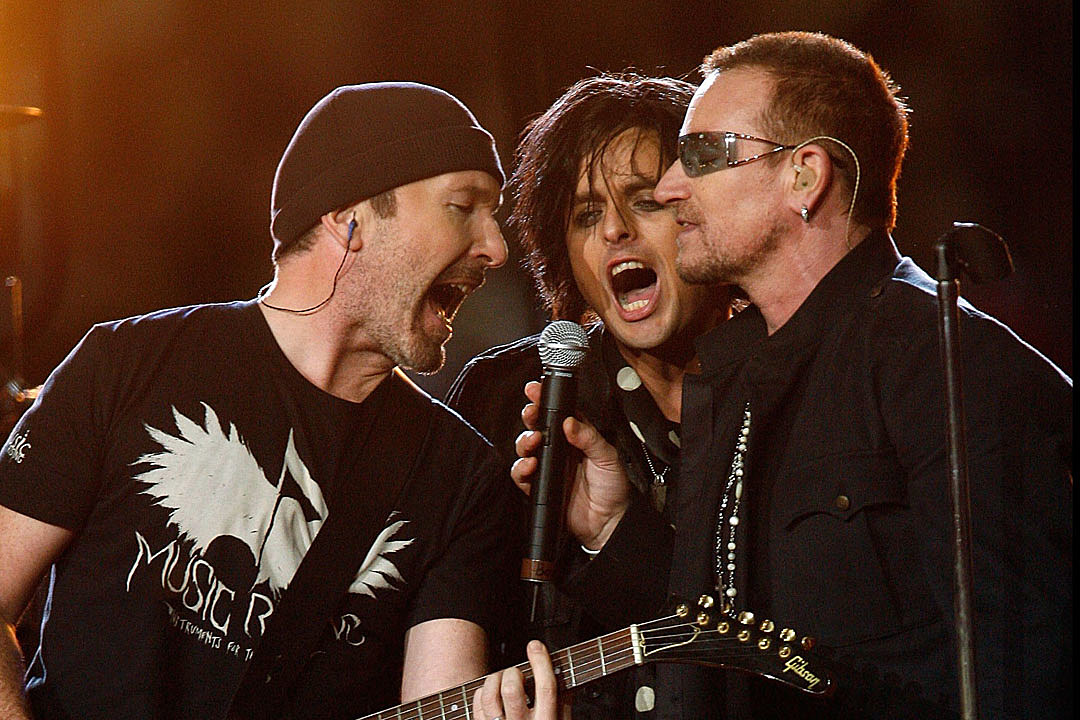

(feb 1997 - apr 1998) experimented with a deranged gospel-funk-rock Guitarist Tim Green moved to Sanįrancisco and formed the Fucking Champs, while Svenonius reformed theīand with a slightly different line-up and a new name, Make-Up (2): Destination: Love (sep 1995 - apr 1996), a conceptual exercise of community-based music, and the more organic In Mass Mind The band's cacophony was tamed by hysterical vocalist (? - aug 1992), an album that was the Clinton-age equivalent of MC5Īnd Public Enemy. Nation Of Ulysses (10) concocted the explosive, theatrical agit-prop sound of Plays Pretty For Baby Washington was still the home of a highly-creative hardcore scene, the epitome of "progressive hardcore". Washington's progressive hardcore TM, ®, Copyright © 2005 Piero Scaruffi All rights reserved. Not only did emocore display emotions, but it was highly emotional.ĭespite the similarity in tone, emocore represented almost the exact opposite Retreating from the social sphere to the individual sphere. Not only did emocore have a meaning, but that meaning was now highly private, The power of the music to the public level. Not indifference for society but a deep-seated anger, and basically transferred Punk-rock acquired a meaning (whether left-wing or right-wing), displayed

However, shortly thereafter, punks began to show political awareness. Had no meaning, that it had no interest in society, that it had no emotion. Back then punk-rock was nihilistic: it boasted that it New Jersey's Wrens invented a form of "emo-pop" with Secaucus (jun/aug 1995 - feb 1996) and perfected it to a manic degree on Meadowlands (jan 1999/jan 2003 - sep 2003).Įmocore represented the terminal point of the trajectory of punk-rock that (Replacements), formed Gardener (1) with Screaming Trees' bassist Van Conner, which released the natural evolution of Seaweed's sound: the romantic New Dawning Time (aug 1998 - apr 1999). Melodic/populist tradition of Bob Mould (Husker Du) and Paul Westerberg Hardcore scene and then vocalist Aaron Stauffer, a worthy heir to the (? - aug 1995), showing a maturity that was unusual within the Seaweed (1) moved from the popcore of Weak (jan 1992 - apr 1992) to the grunge, metal and punk hybrid of Four (? - oct 1993) to the power-ballads of Spanaway Maryland's Moss Icon flirted with the psychedelic sound on Lyburnum Wits End Liberation Fly (released posthumously in 1993) and San Francisco's Indian Summer flirted with post-rock on Indian Summer (1993). Legitimized artistically the genre with the lengthy and elaborate compositions of Diary (nov 1993 - may 1994) and How It Feels To Be Something On (mar/apr 1998 - sep 1998).Įmocore came in many flavors. Seattle's Sunny Day Real Estate (2), the vehicle for songwriter Jeremy Enigk (the prototypical anguished voice of emocore),

Los Angeles' Weezer, the most successful of the batch, with Weezer (aug/sep 1993 - may 1994). Oregon's Heatmiser, the group of songwriter Elliott Smith and bassist Sam Coomes (formerly of Donner Party), with Dead Air (? 1992/early 1993 - apr 1993) San Francisco's Jawbreaker, with Unfun (jun 1989/jan 1990 - may 1990) While the genre was, by definition, rather loose, bands that fell into the category during the 1990s included: In other words, it was almost the negation of hardcore. Within the same song, and was not limited to the short/fast format of Rhythms, leveraged emotional singing that could whisper as well as shout "emotional" hardcore alternated quiet and furious musical parts,Īdmitted moody arrangements, indulged in time changes and mid-tempo Genre, in turn, spawned a number of sub-genres.įirst and foremost, there was "emocore", the style invented in the lateġ980s by Rites Of Spring and the Washington contingent. Life of its own and became a genre within the genre. As if galvanized by its own death, the movement took on a While magazines kept publicizing the "death of punk-rock", hardcoreīecame a pervasive movement that did not leave any town (or country) ( These are excerpts from my book "A History of Rock and Dance Music")Įmocore, 1989-94 TM, ®, Copyright © 2005 Piero Scaruffi All rights reserved.


 0 kommentar(er)
0 kommentar(er)
